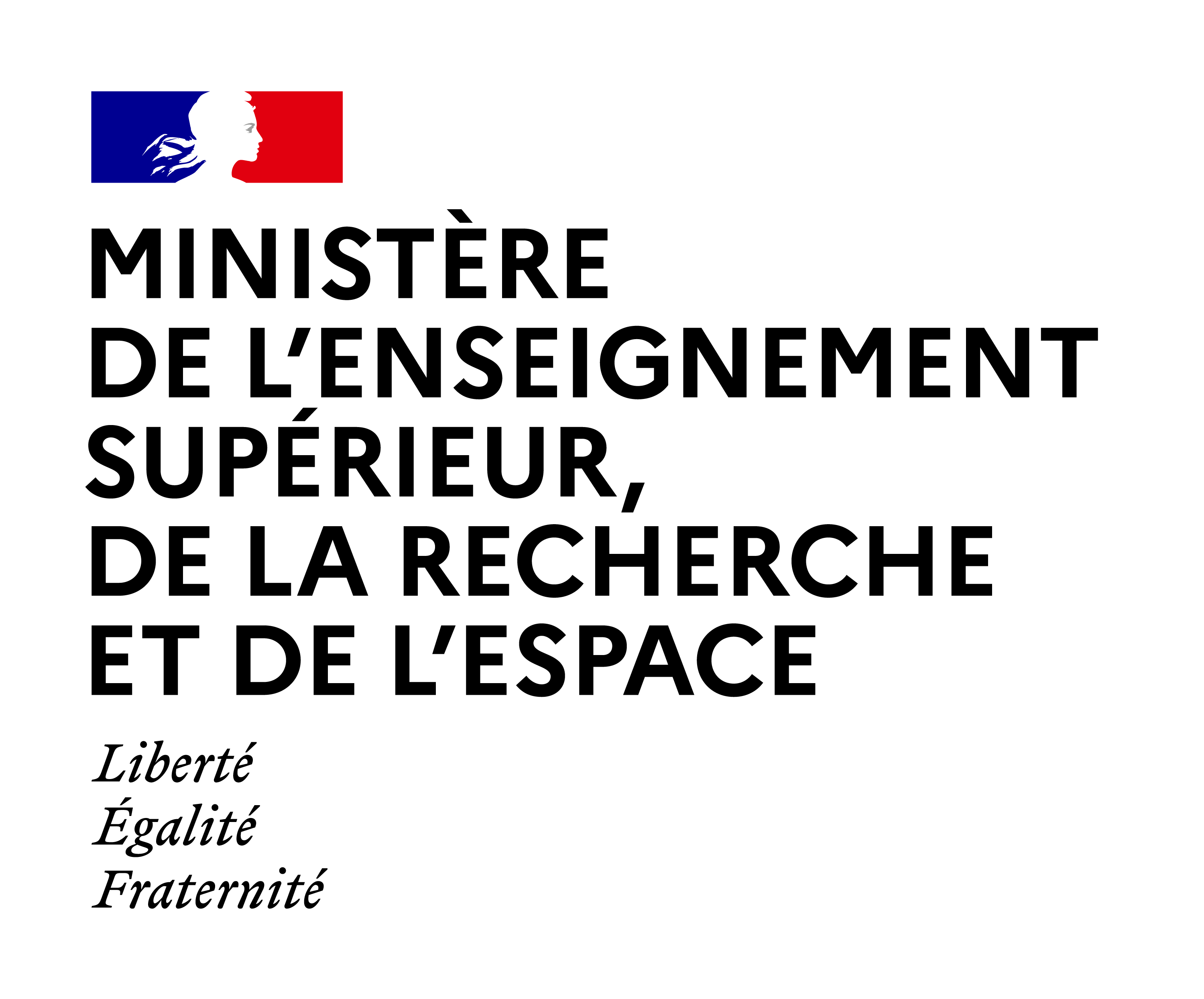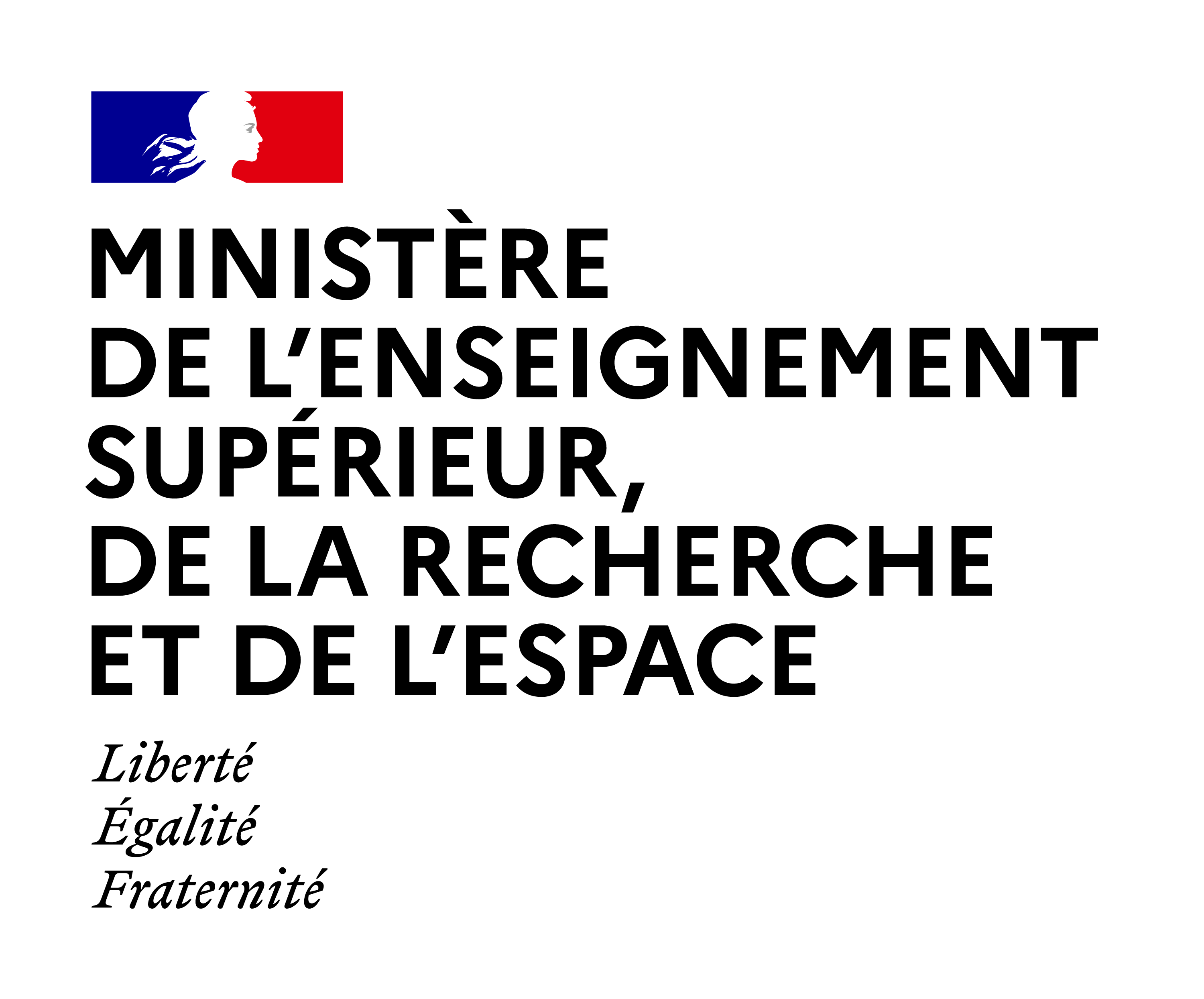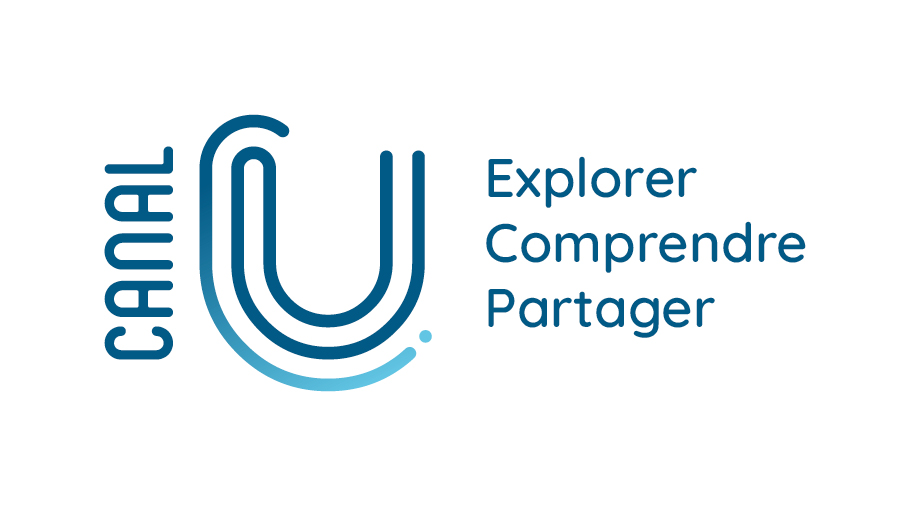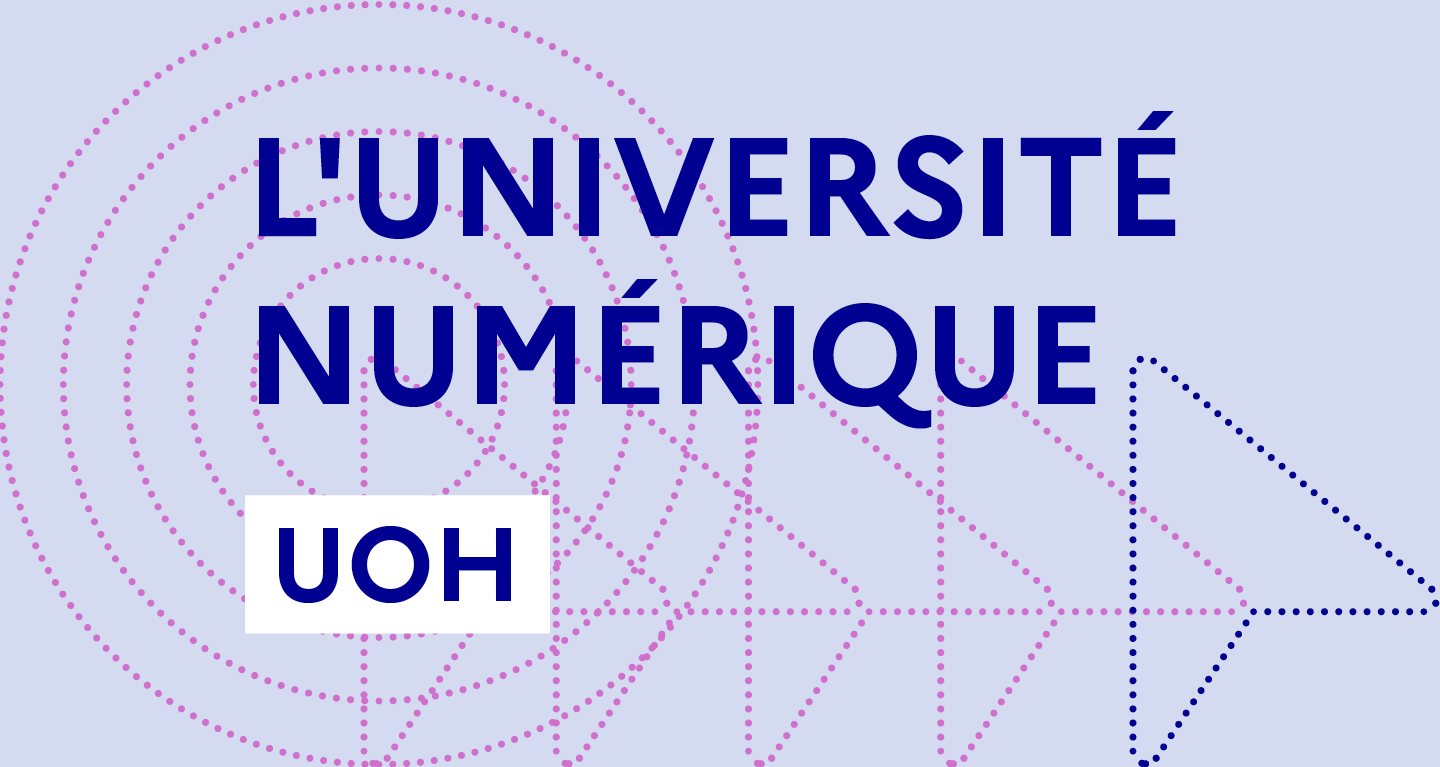
Sommaire
Attrition and (incomplete) acquisition of Italian answering strategies / Irene Caloi
Date de création :
19.06.2017Auteur(s) :
Irene CALOIPrésentation
Informations pratiques
Droits réservés à l'éditeur et aux auteurs. Tous droits réservés aux auteurs et à l'Université Toulouse Jean Jaurès.
Description de la ressource
Résumé
Attrition and (incomplete) acquisition of Italian answering strategies / Irene Caloi, in colloque "Bilingualism vs. monolingualism: a new perspective on limitations to L2 acquisition" organisé par lelaboratoire Octogone-Lordat (Université Toulouse 2) sous la responsabilité de Barbara Köpke (UT2J), Holger Hopp (Technische Universität Braunschweig), Tanja Kupisch (Universität Konstanz), Université Toulouse Jean Jaurès, 19-20 juin 2017. We compare speaker undergoing L1 attrition (AT; L1: Italian; L2: German) and heritage speakers (HE; heritage language: Italian; majority language: German) in order to analyse how different forms of multilingual knowledge shape syntactic phenomena that are the reflex of discourse related conditions, at the syntax-discourse interface. One such reflex is the word order necessary to express a given discourse content, such as New Information Subjects (NIS) in answers to questions that prompt the identification of the clause subject. Belletti (2007) showed that Italian answers to these questions display the word order VS, thereby realizing the NIS in the immediate vP periphery (1); in contrast, German keeps the SV order and focalizes the NIS prosodically (2): (1) Chi è arrivato? / È arrivato Gianni Who is arrived / is arrived Gianni (2) Wer ist angekommen? / Ján ist angekommen who is arrived / Jan is arrived The structure is investigated in Italian through a production task consisting of 22 videos which trigger NISs answers through 40 questions (20 transitives, 10 unergatives, 4 unaccusatives, 6 existential structures). Data reveal that multilingual proficiency determines an increased variety of adopted answering strategies. AT and HE perform alike but crucially differently from Italian native speakers (MonoL1); they match the performance of MonoL1 speakers only on existential structures, for which both Italian and German display VS structures. AT speakers show attrition in the form of a less consistent use of VS structures with respect to MonoL1. AT speakers produce alternative strategies: German-like SV structures with transitives (31.1%), unergatives (25.9%), and unaccusatives (31.4%); copular (be) structures with transitives (4.2%) and unergatives (6.9%); and passives with transitive verbs (17.7%). HE speakers produce the native-like VS structure more successfully with unergatives (53.9%) and unaccusatives (62.0%) than with transitives (40.2%). Transfer of SV structures from German is preferred in transitive structures (52.6%), in combination with post-verbal lexical objects, otherwise realized as clitics in VS structures. This suggests that the presence of the lexical object plays a crucial role. Results reveal that NISs undergo attrition (in AT) or incomplete acquisition (in HE), thus identifying a new domain in which phenomena at the syntax-discourse interface are shaped by multilingual proficiency, similarly to what has been discussed by Sorace (2004) and by Belletti, Bennati & Sorace (2007) in the study of different multilingual populations of L2 near-native speakers of Italian.
"Domaine(s)" et indice(s) Dewey
- Bilinguisme (404.2)
- Enseignement, étude, recherche et sujets connexes relatifs au langage et aux langues (407)
Domaine(s)
- Langues
- Langues
Intervenants, édition et diffusion
Intervenants
Édition
- Université Toulouse-Jean Jaurès-campus Mirail
Diffusion
Document(s) annexe(s)
- Cette ressource fait partie de
Fiche technique
- LOMv1.0
- LOMFRv1.0
- Voir la fiche XML





